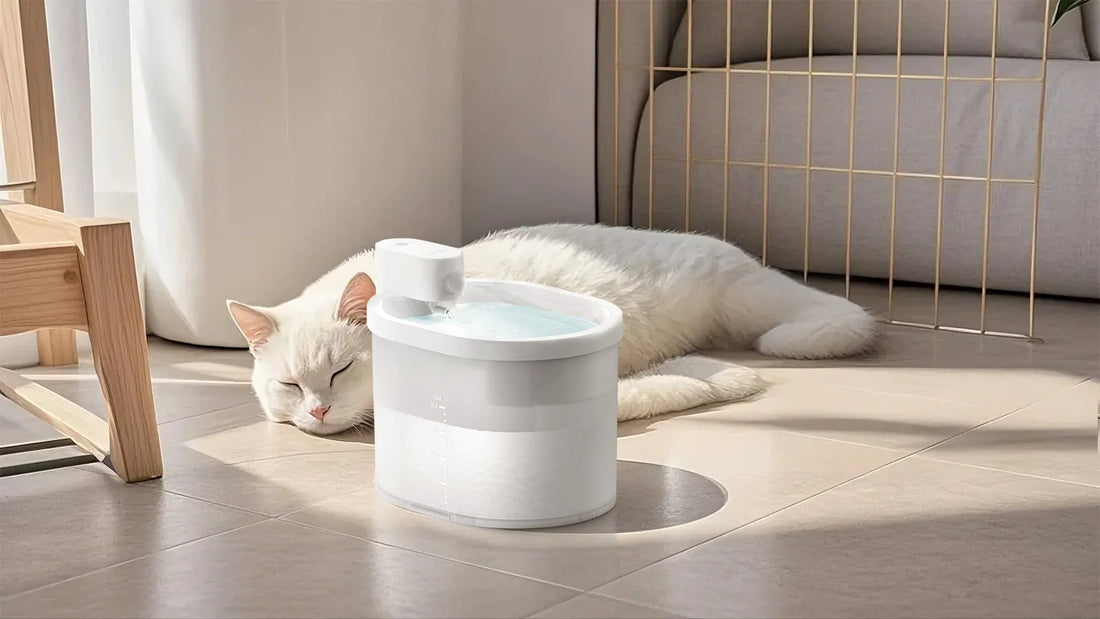Sharing a water bowl between a cat and dog might seem like a convenient idea, but is it safe? Many pet owners wonder if this practice could lead to health issues or behavioral conflicts. This article dives into the pros and cons of letting your furry friends share a water source and provides practical tips to keep both pets happy and healthy.
Understanding the Basics of Pet Hydration
Both cats and dogs need access to fresh, clean water to stay healthy. While dogs are generally less picky about their water sources, cats can be more finicky. Cats often prefer running water or a bowl that is placed away from their food. Dogs, on the other hand, are more likely to drink from any available source, including a shared bowl.
Potential Health Risks of Sharing a Water Bowl
One of the primary concerns with shared water bowls is the risk of transmitting illnesses. Cats and dogs can carry different bacteria and parasites that may not affect them but could harm the other species. For example, a dog might carry a parasite that is harmless to them but dangerous to a cat. Additionally, shared bowls can become a breeding ground for bacteria if not cleaned regularly.
Behavioral Considerations
Beyond health risks, there are behavioral factors to consider. Some cats may feel stressed or threatened if a dog drinks from their bowl, especially if the dog is larger or more dominant. This could lead to the cat avoiding the bowl altogether, resulting in dehydration. Conversely, a dog might monopolize the bowl, leaving the cat with limited access to water.
Tips for Safe Water Sharing
If you decide to let your cat and dog share a water bowl, there are steps you can take to minimize risks. First, ensure the bowl is large enough to accommodate both pets without crowding. Place the bowl in a neutral location where neither pet feels territorial. Clean the bowl daily with hot, soapy water to prevent bacterial buildup. You might also consider using a water fountain, as the running water can attract both pets and reduce the risk of contamination.
Alternative Solutions
If sharing a bowl seems too risky, there are alternatives. Providing separate water bowls for each pet is the safest option. Place the bowls in different areas of the house to prevent competition. For cats, consider using a raised bowl or a fountain to encourage drinking. For dogs, ensure their bowl is easily accessible and refilled regularly.
Monitoring Your Pets' Hydration
Regardless of whether your pets share a bowl or have separate ones, it's essential to monitor their hydration levels. Signs of dehydration in cats and dogs include lethargy, dry gums, and reduced skin elasticity. If you notice any of these symptoms, consult your veterinarian immediately.
Ultimately, the decision to let your cat and dog share a water bowl depends on their individual needs and behaviors. By taking precautions and staying vigilant, you can ensure both pets stay hydrated and healthy. Ready to make the best choice for your furry friends? Start by observing their habits and consulting with your vet for personalized advice.













